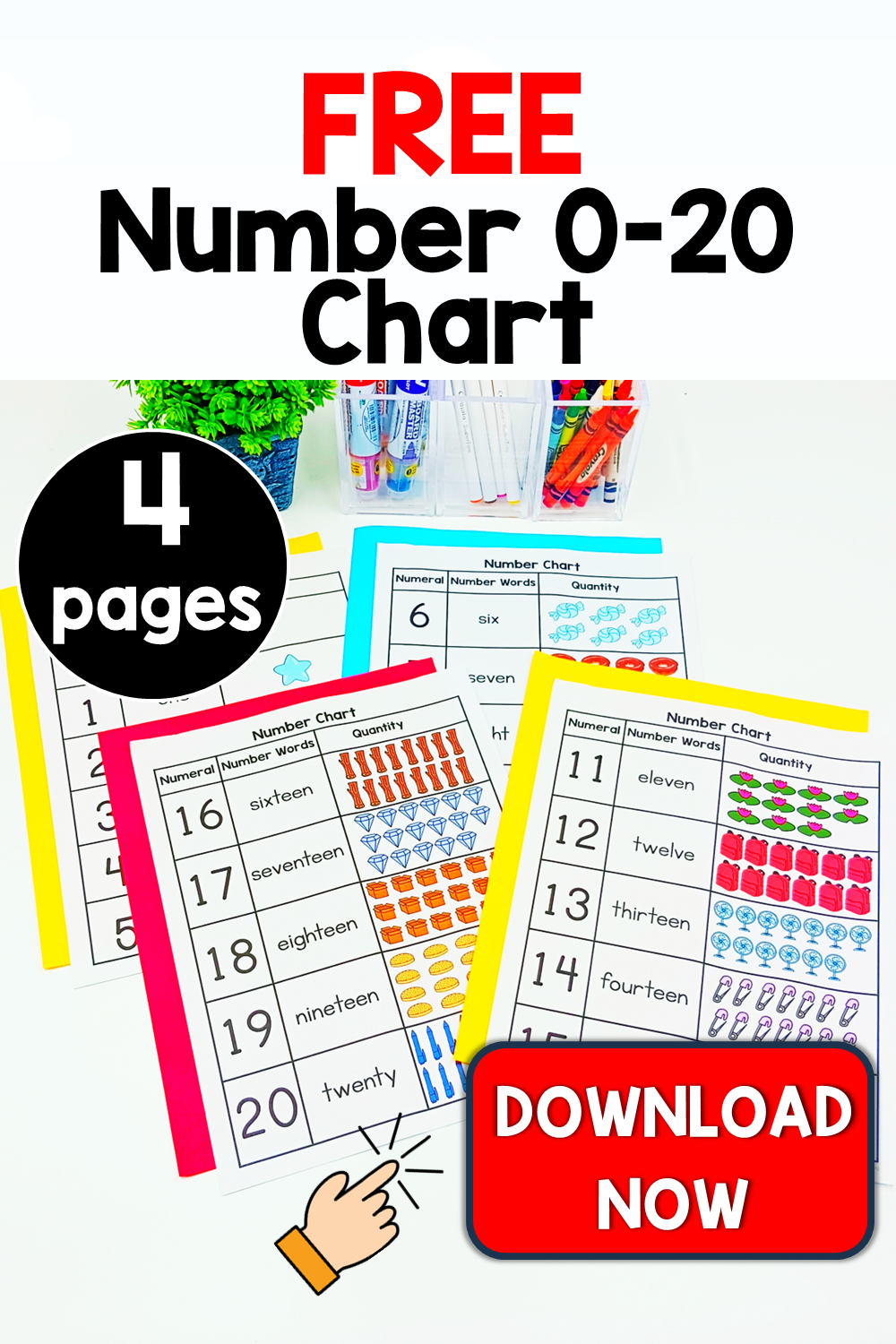Engaging and Fun Ways to Teach Numbers 0-20
Are you a parent or teacher struggling to make learning numbers 0-20 engaging and fun for your kids? Do you feel like you're stuck in a never-ending battle with boredom and confusion? Fear not! We've got the perfect solution to transform your math lessons into an exciting adventure.
Numbers 0-20 Activities Must Haves:
- Number 0-20 Chart: This includes numerals, words, and quantities to help children understand the visual and written representation of each number.
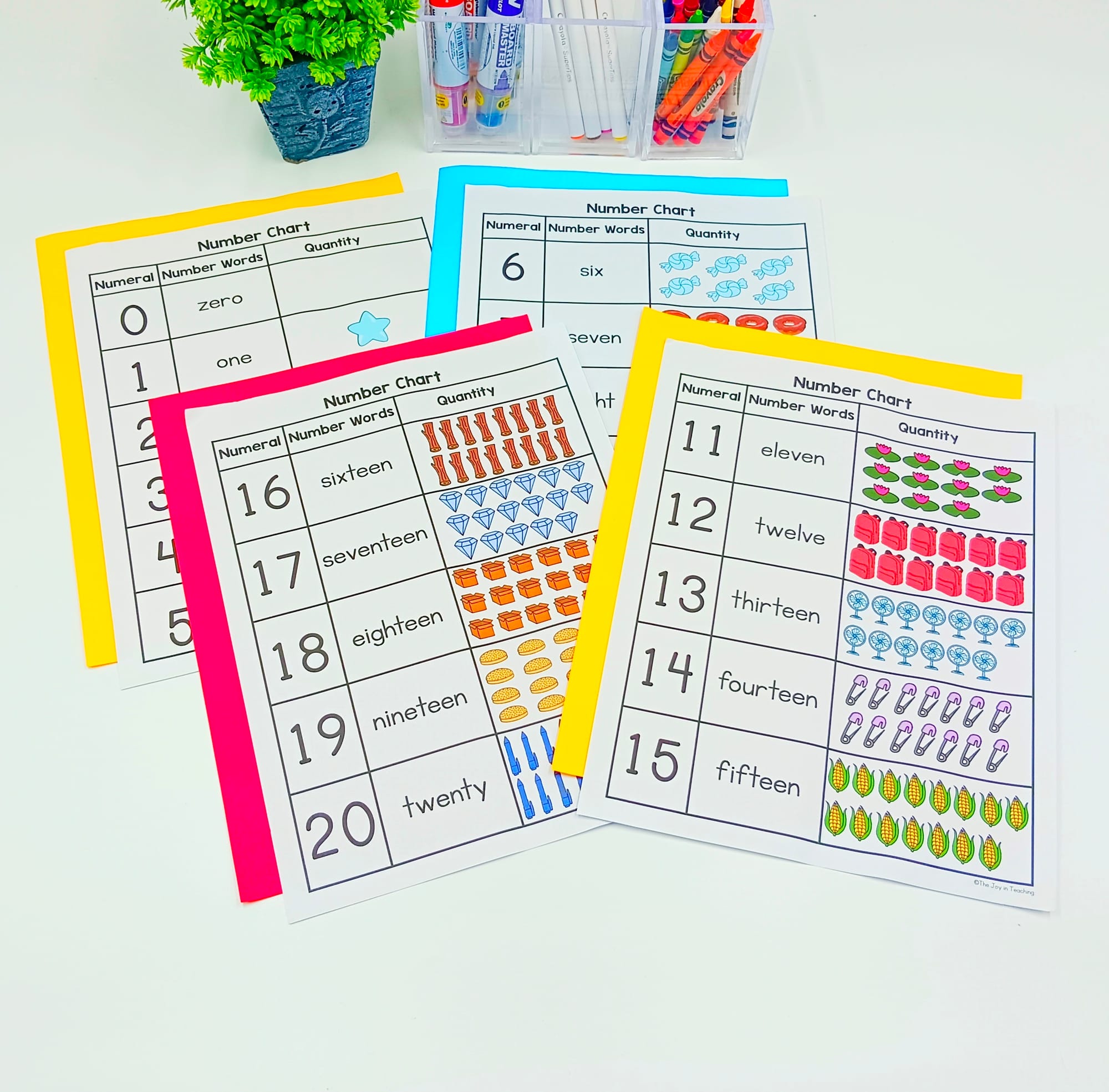
- Number Coloring Pages: Fun and creative ways for kids to familiarize themselves with numbers.
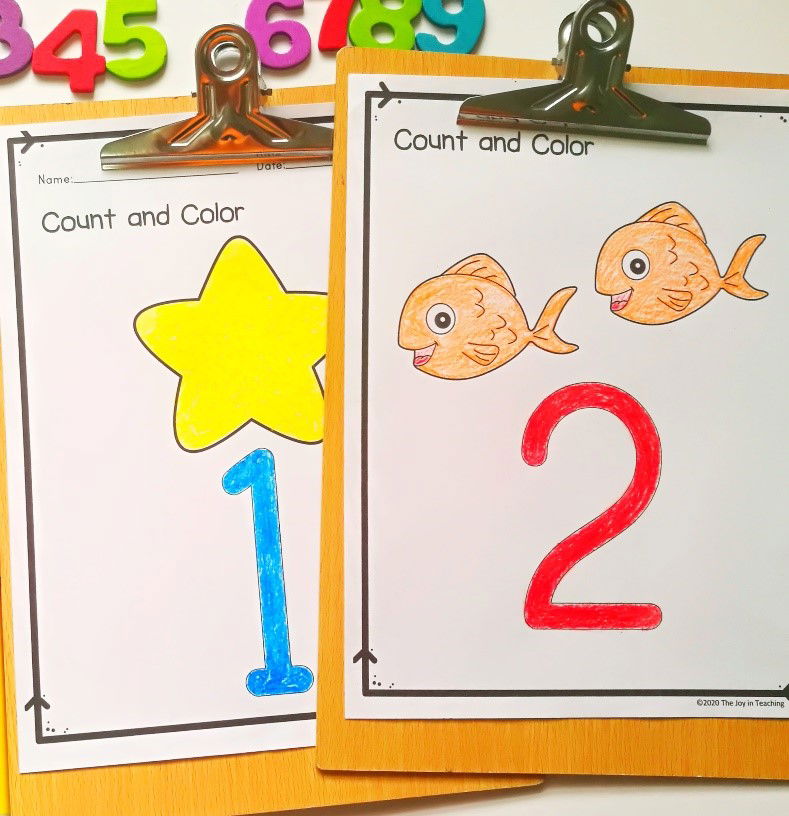
- Number Recognition Activities: These are activities that help kids recognize numbers such as:
- Counting Activities: Activities to count numbers
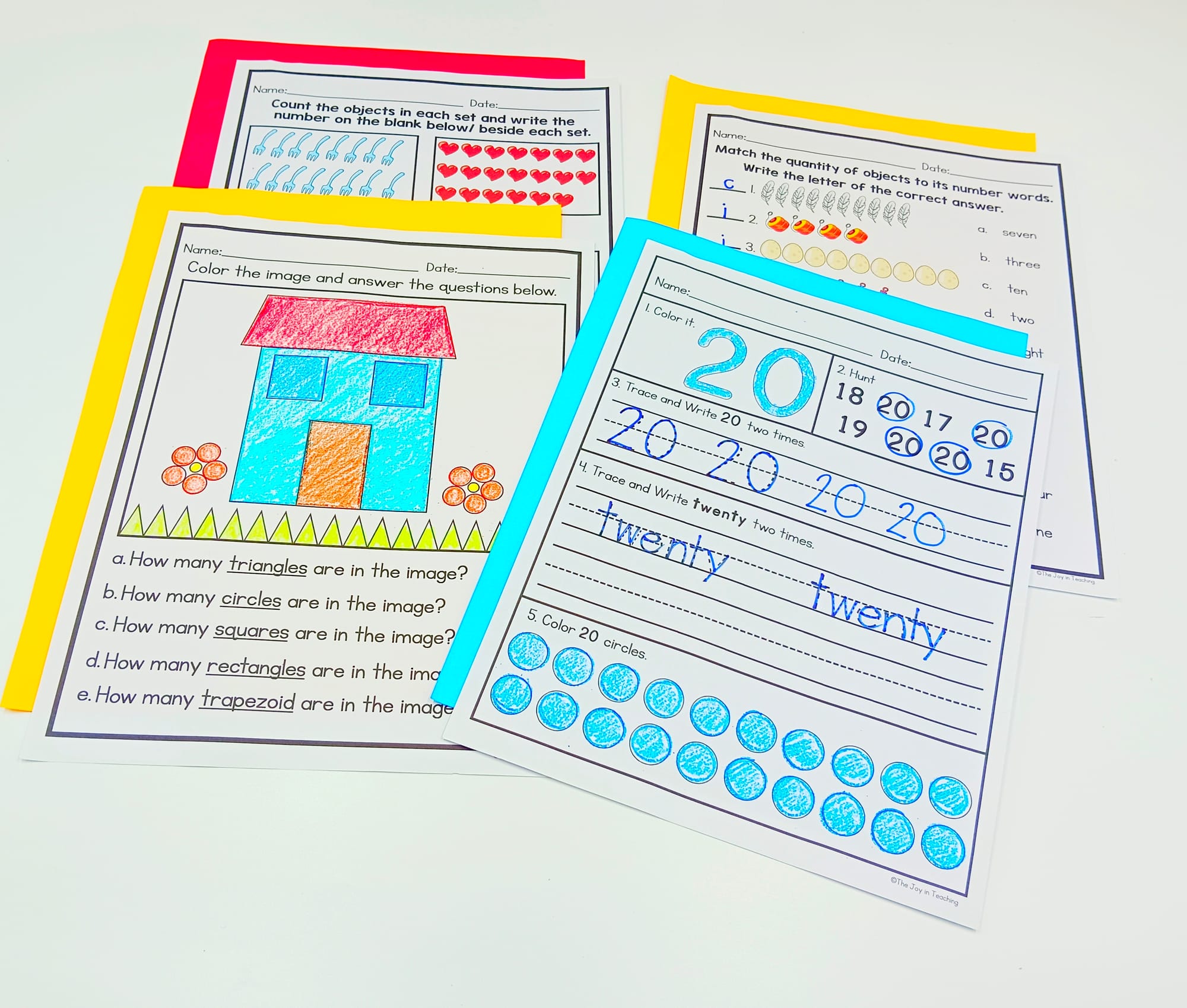

- Ordering Activities: Activities to order numbers
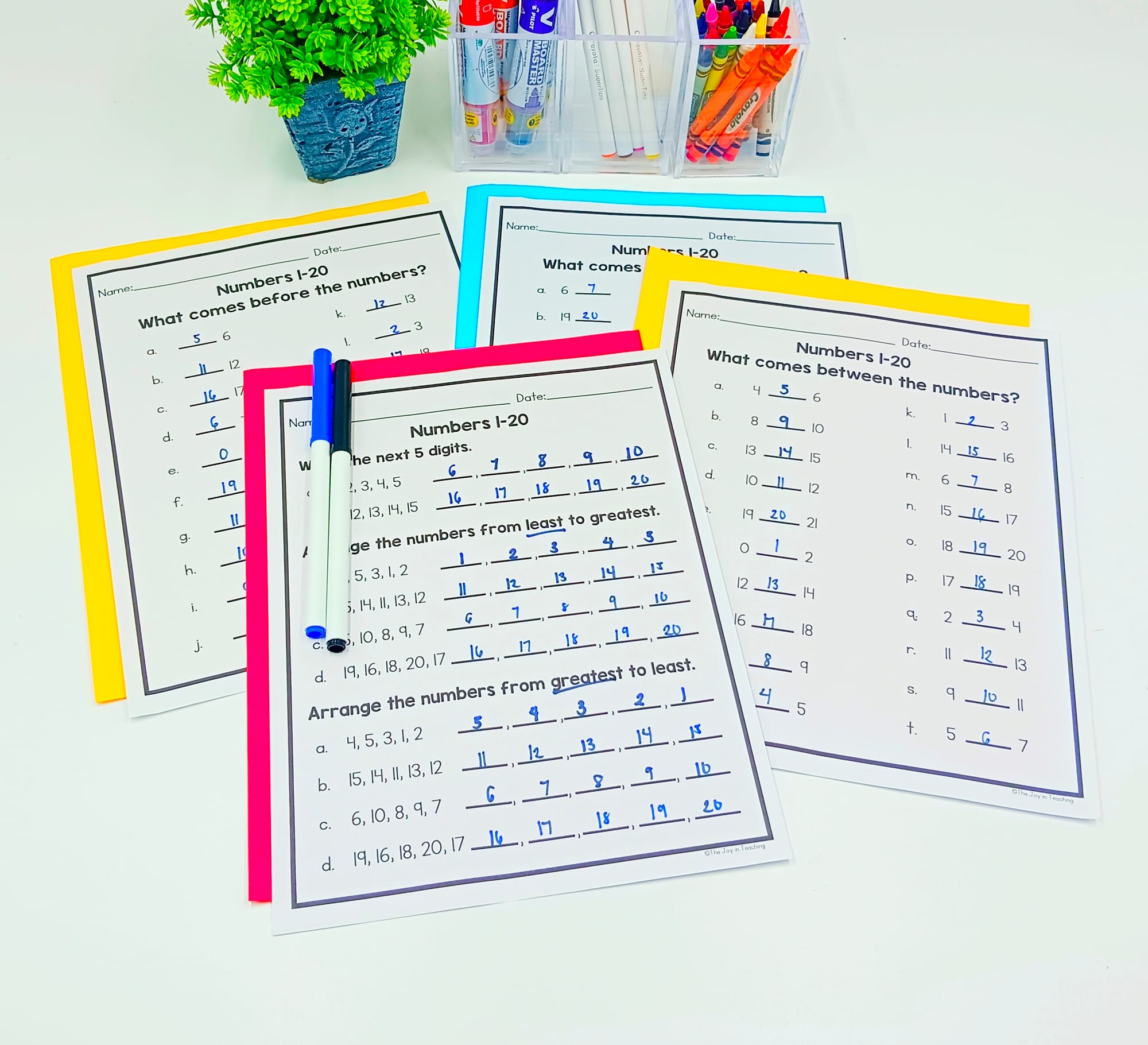
- Writing Numbers: Practice activities to write number
Numbers 0-20 Writing Worksheet

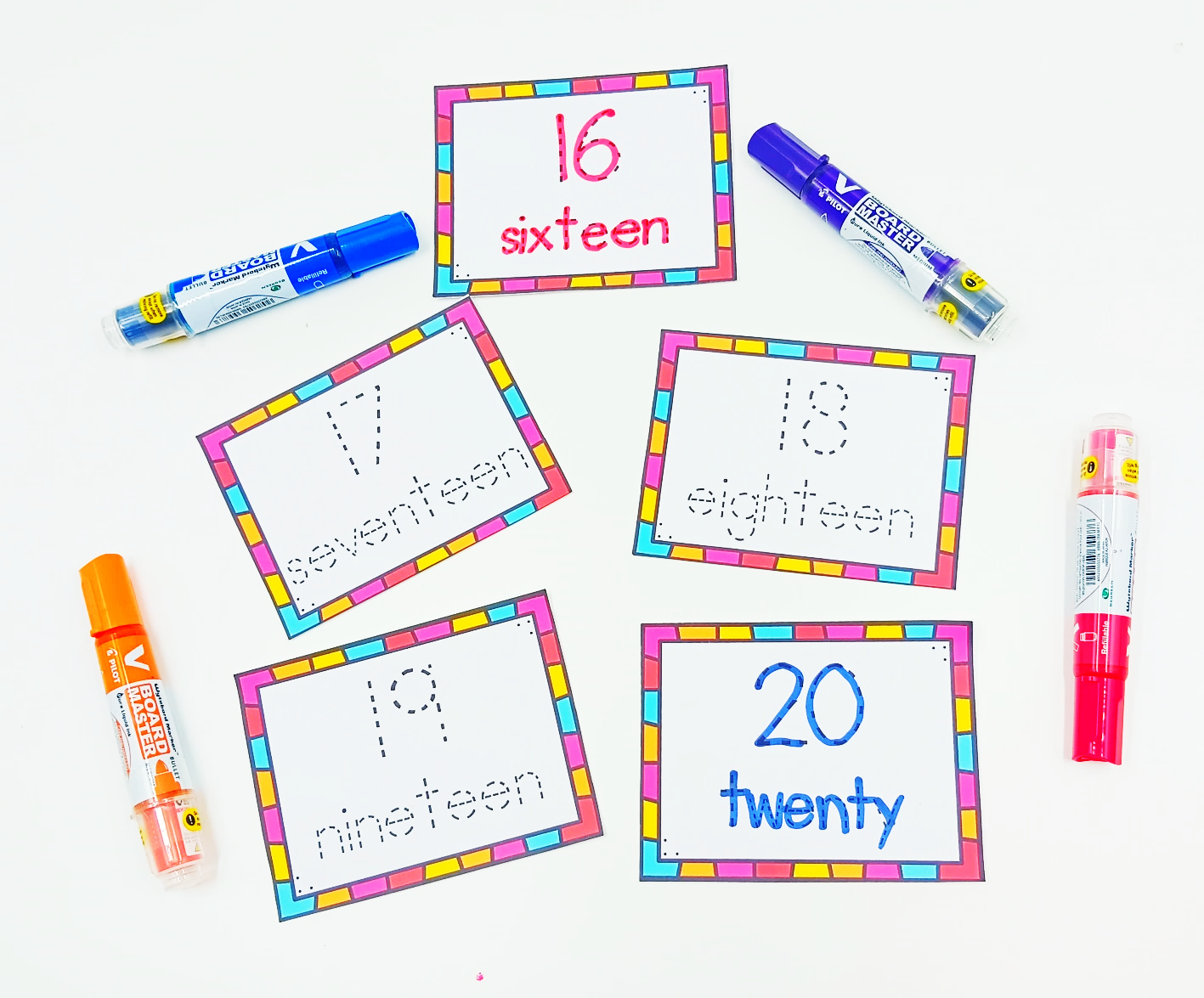
- Comparison Activities: Use symbols like greater than, less than, or equal to develop a deeper understanding of numerical relationships.
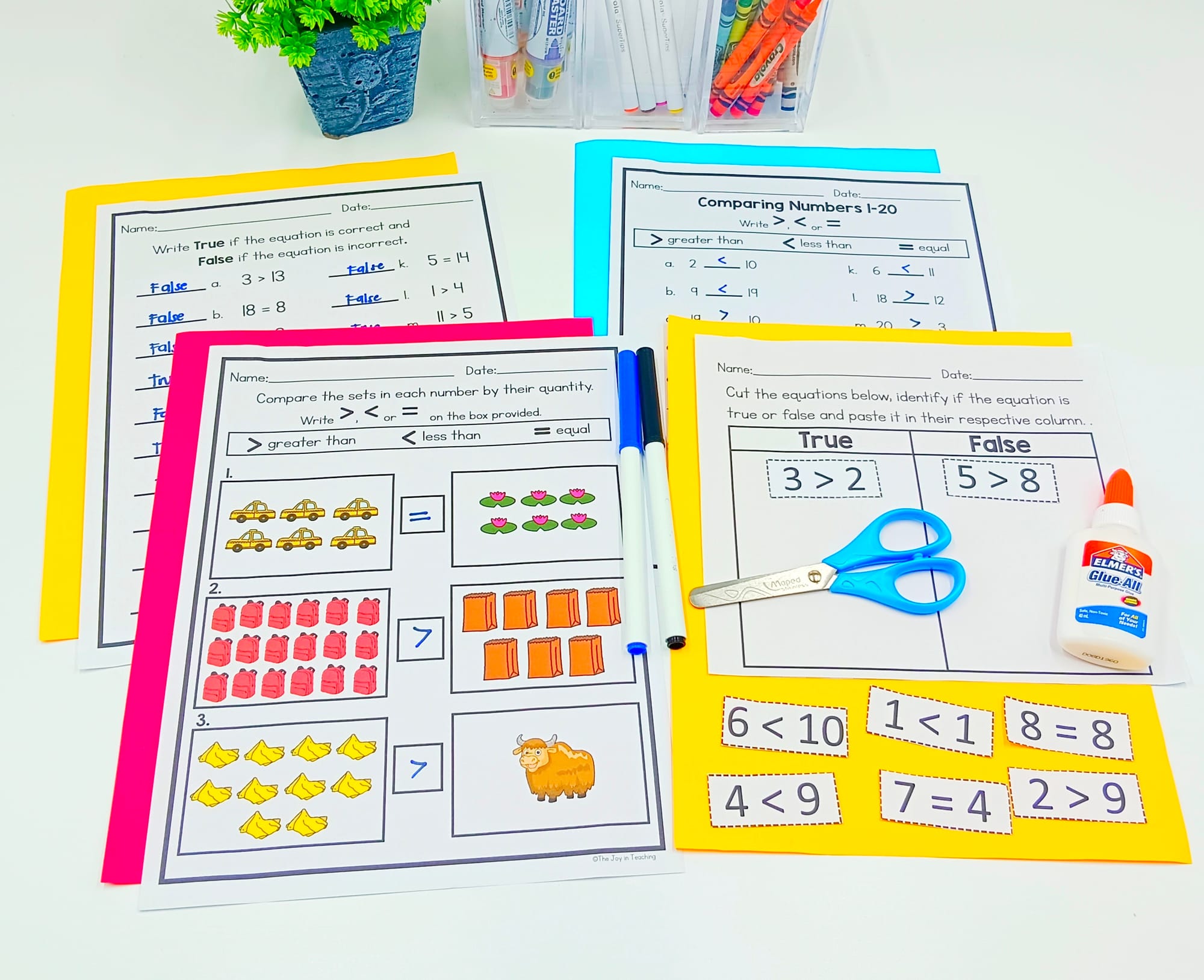
4. Tens and Ones Learning: Help kids grasp the concept of tens and ones through various hands-on activities.
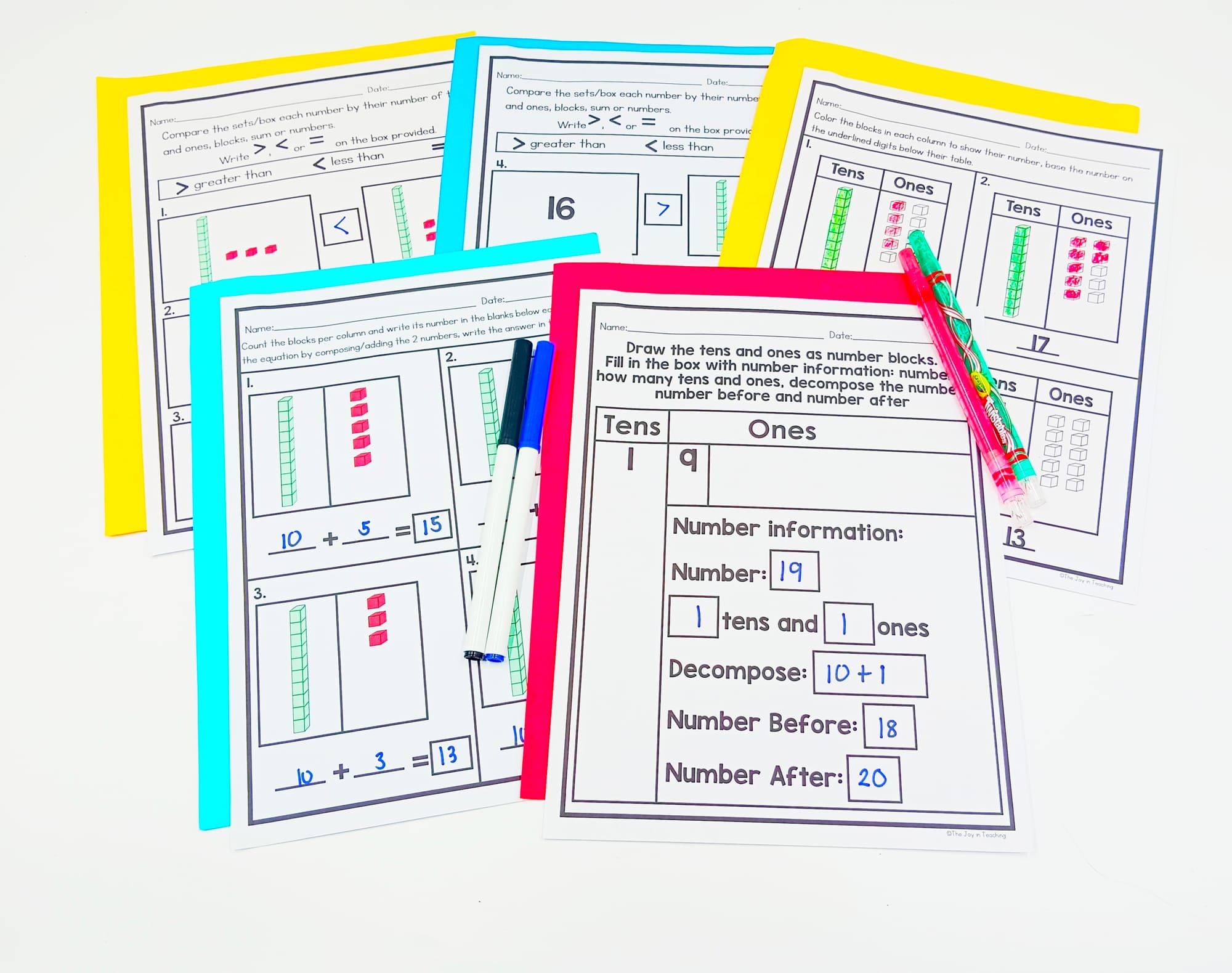
5. Addition and Subtraction Worksheets: Enhance your students' skills with these engaging math problems.
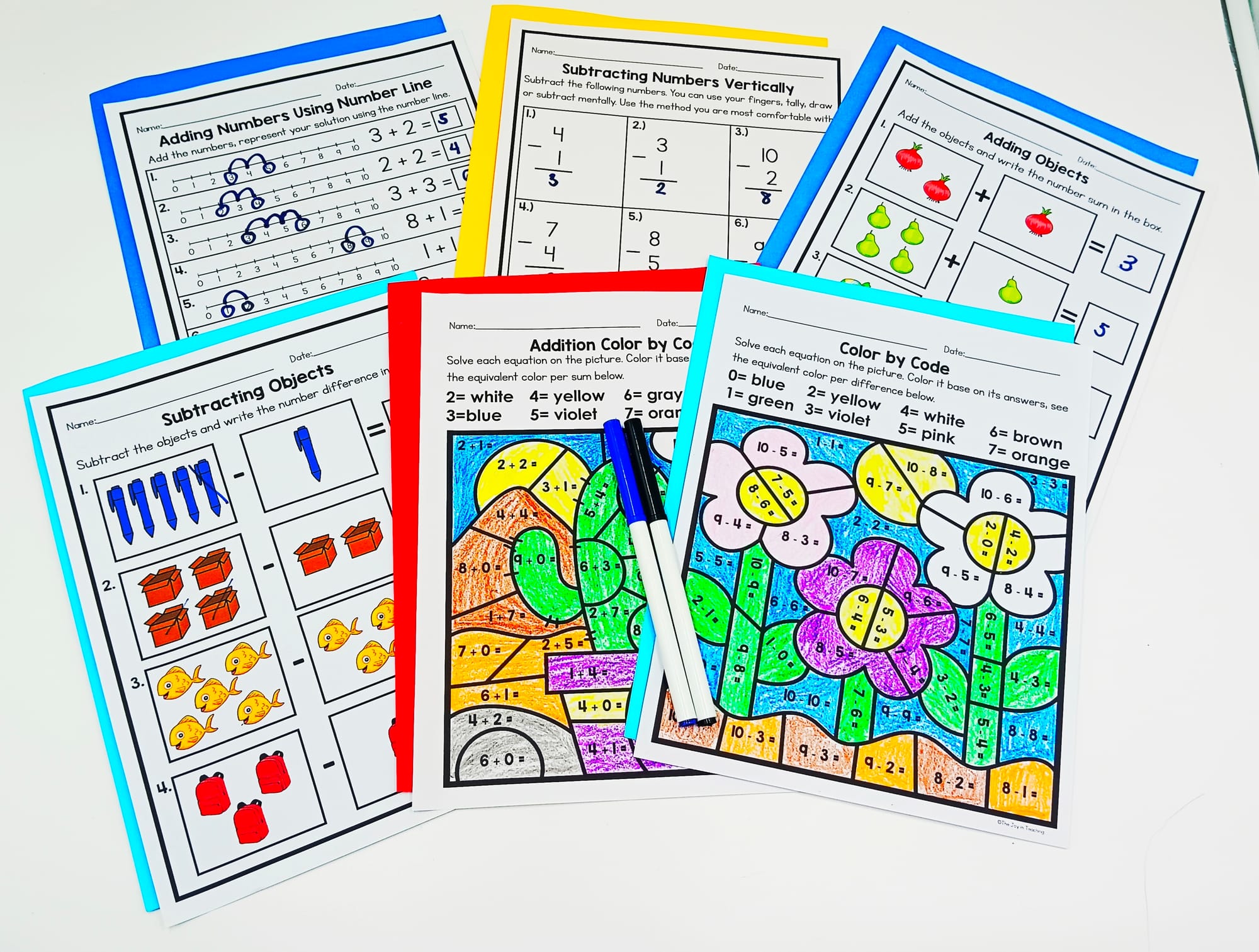
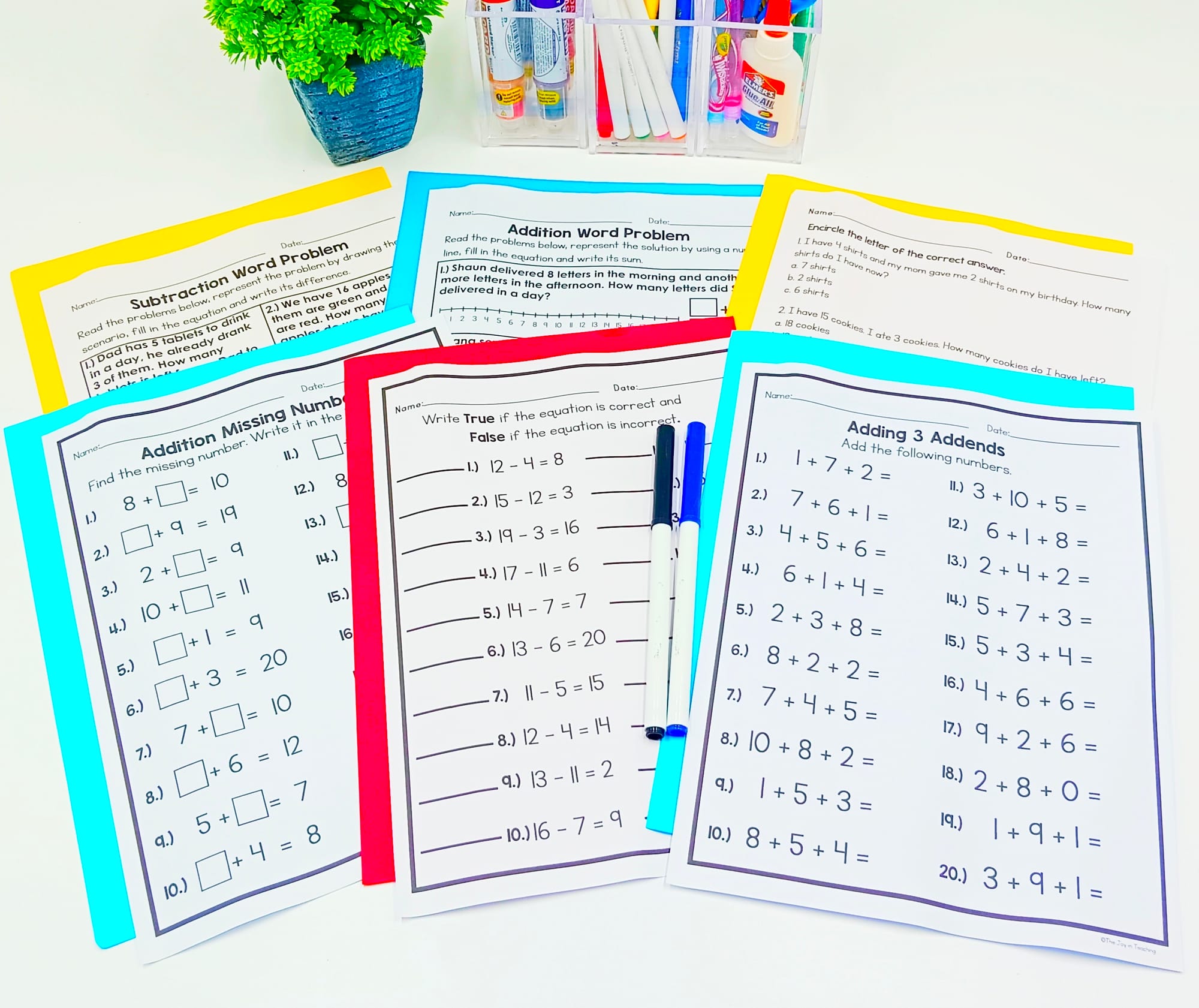
Ways to Use the Activities:
Let's dive into some fun and engaging ways to use these resources in your classroom or at home!
1. Turn Numbers into a Colorful Adventure
Who doesn’t love a good coloring session? This not only helps with number recognition but also enhances their fine motor skills.
Pro Tip: Use different coloring mediums like crayons, markers, or colored pencils to keep things exciting. Maybe even throw in some glitter pens for that extra sparkle!
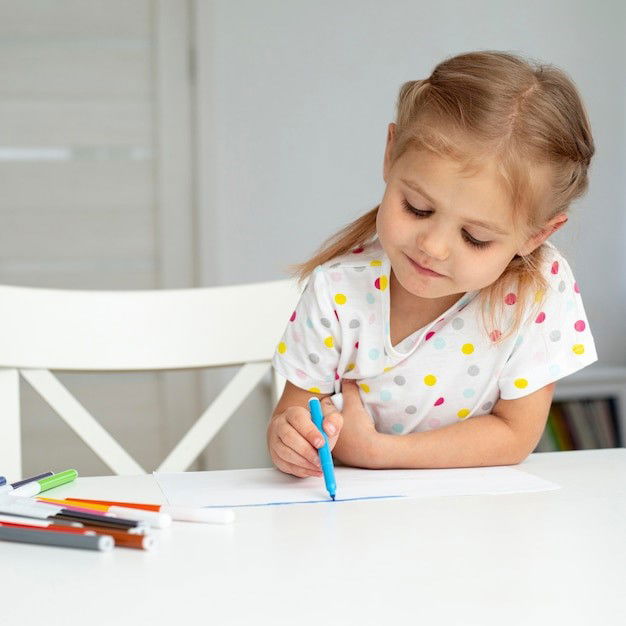
2. Engage with Interactive Flashcards
Flashcards are a classic tool. Use them for quick reviews, center activities, or even a fun game of number bingo!
Fun Idea: Create a scavenger hunt around the house or classroom where kids have to find objects that match the numbers on their flashcards.
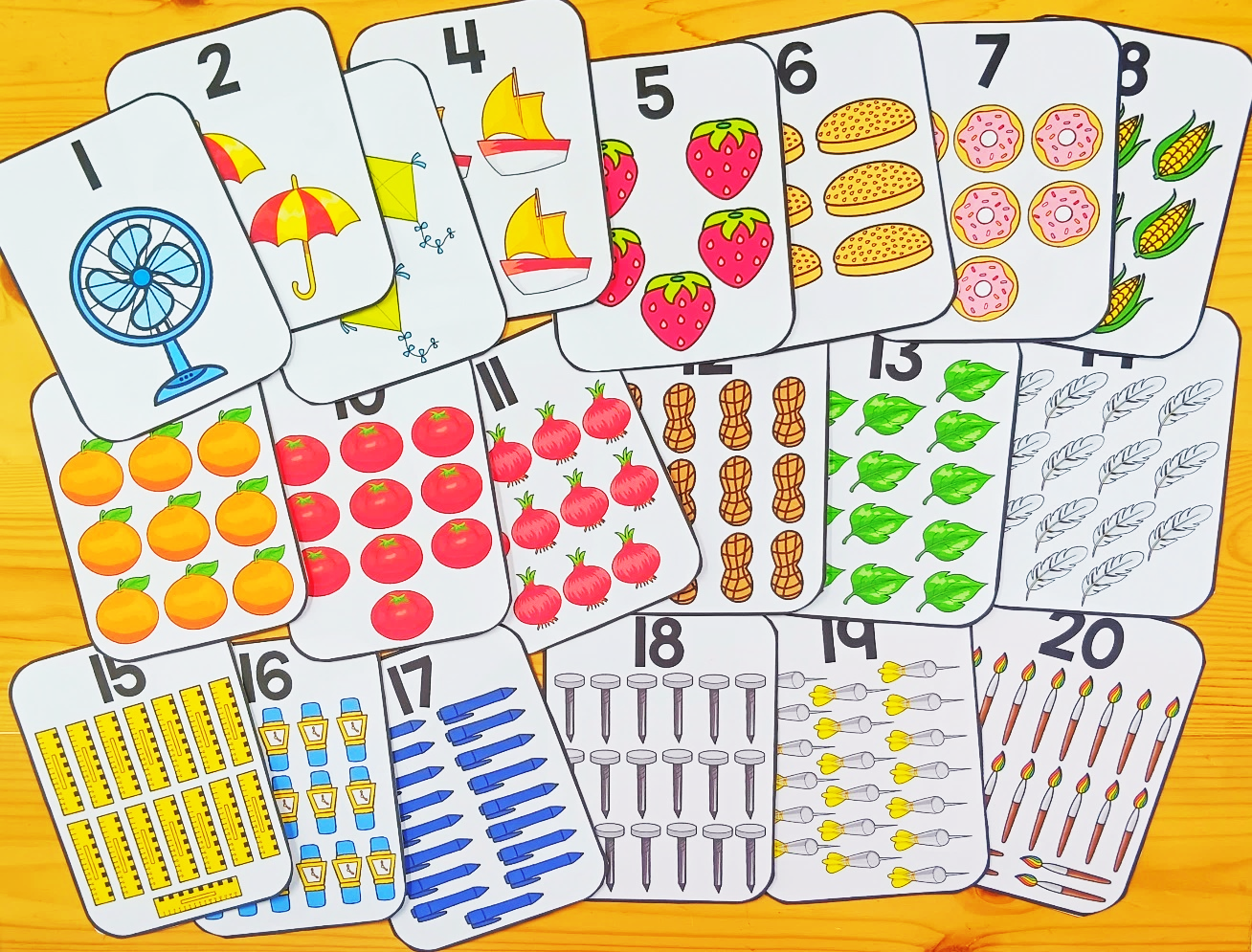
3. Ten Frames: The Hands-On Way to Visualize Numbers
Ten frames are a fantastic way to help kids visualize numbers and understand quantities. Children will count filled spaces to determine numbers, promoting better counting skills and numerical fluency.
Interactive Activity: Use small objects like buttons, beads, or mini-erasers to fill in the ten frames. This tactile experience reinforces their learning and makes math feel like play.

4. Master Number Sequences with Number Line Task Cards
Perfect for introducing, reinforcing, and mastering numerical sequences. These help learners internalize numerical patterns and relationships, making them a versatile resource for any math lesson.
Engaging Game: Create a giant number line on the floor with tape and have kids jump to the correct number as you call them out. It’s a great way to combine physical activity with learning.
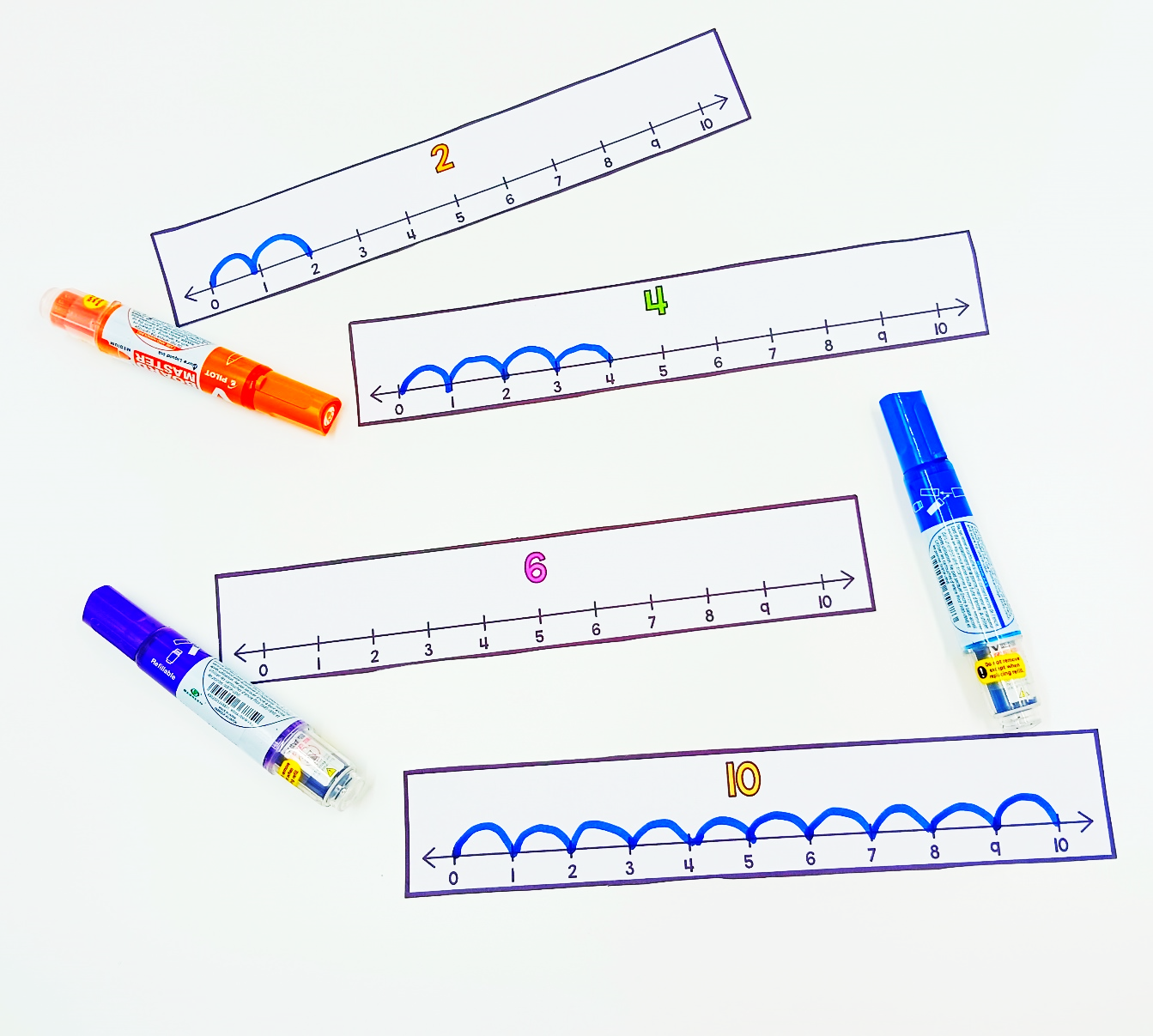
5. Comparing Numbers Task Cards
Perfect for introducing, reinforcing, and mastering comparison skills. These cards help learners understand and internalize the concepts of greater than, less than, and equal to, making them an essential tool for any math lesson.
Engaging Game: Create a life-size comparison game using large numbers or objects. Have students physically place themselves or items in the correct order of comparison, turning abstract concepts into a fun and interactive learning experience.
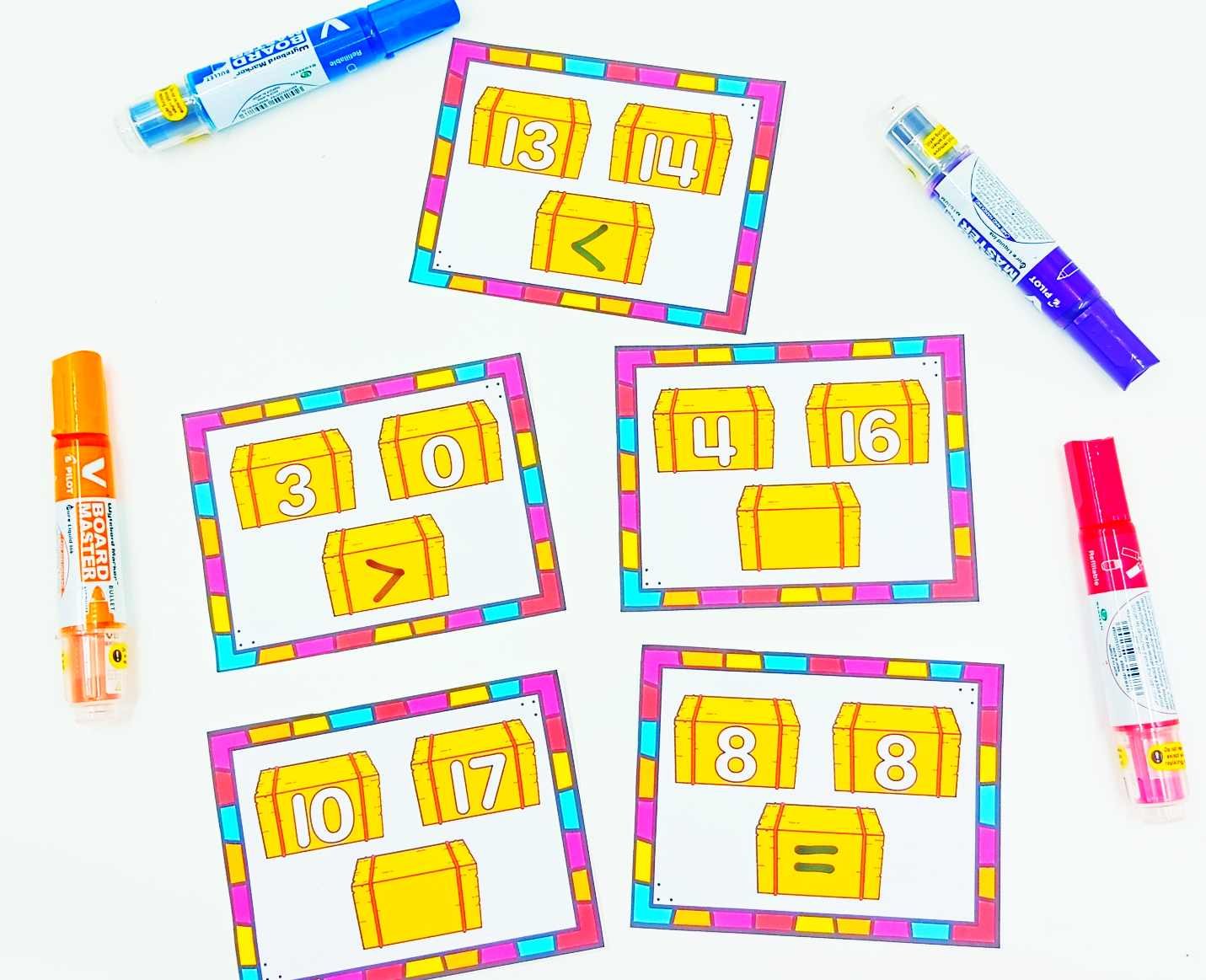
6. Number Blocks Activity 0-20
Ideal for introducing, reinforcing, and mastering number recognition and sequencing from 0 to 20. This activity helps learners build a strong foundation in understanding the order and value of numbers, making it a must-have resource for any early math curriculum.
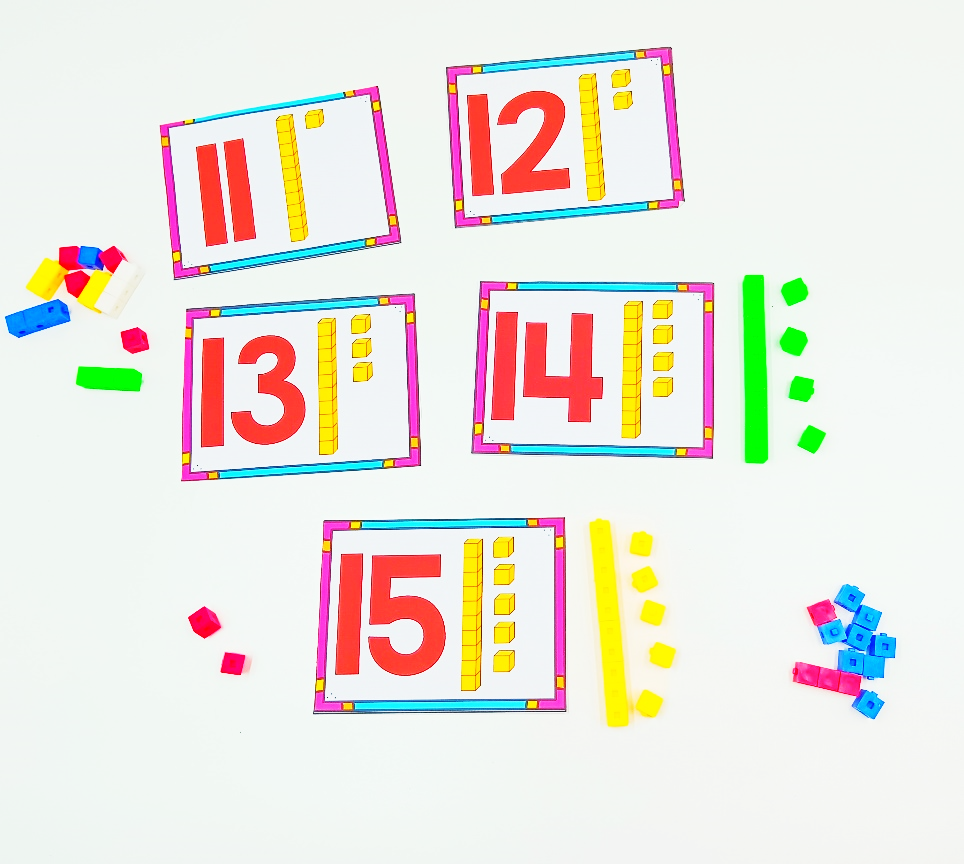
7. Enhance Skills with Addition and Subtraction Activity
Include everything from basic addition and subtraction problems to word problems and vertical calculations.
Creative Approach: Turn word problems into stories that kids can relate to. For example, “If you have 5 apples and pick 3 more, how many apples do you have?” Use props or drawings to visualize the problems.

Materials Needed For Numbers 0-20 Activities:
- Paper of your choice
- Printer
- Coloring materials (crayons, markers, pencils)
- Small objects for ten frames (buttons, beads, etc.)
- Number Blocks
- Tape for floor activities
Tip: Integrate different worksheets into various math centers to create an engaging rotation system. Encourage them to explore, ask questions, and have fun with the materials.
Standards Alignment
- CCSS.Math.Content.K.CC.A.3: Write numbers from 0 to 20 and represent a number of objects with a written numeral.
- CCSS.Math.Content.K.CC.B.4: Understand the relationship between numbers and quantities.
- CCSS.Math.Content.K.CC.A.2: Count forward beginning from a given number within the known sequence.
- CCSS.Math.Content.K.CC.B.5: Count to answer "how many?" questions about as many as 20 things.
- CCSS.Math.Content.K.CC.C.6: Identify whether the number of objects in one group is greater than, less than, or equal to the number of objects in another group.
- CCSS.Math.Content.K.CC.B.4.c: Understand that each successive number name refers to a quantity that is one larger.
- CCSS.Math.Content.1.NBT.B.2.b: Understand that numbers from 11 to 19 are composed of ten and additional ones.
- CCSS.Math.Content.K.NBT.A.1: Compose and decompose numbers from 11 to 19 into tens and ones.
- CCSS.Math.Content.1.NBT.B.3: Compare two-digit numbers based on the meanings of the tens and ones digits.
Engaging Classroom Ideas
1. Math Centers
- Center 1: Coloring Pages and Flashcards
- Center 2: Ten Frames and Hands-on Counting
- Center 3: Number Line Games
- Center 4: Comparison and Sequencing Activities
Rotate students through the centers, giving them a variety of ways to engage with numbers.
2. Homework and Take-Home Packets
Perfect for extending learning beyond the classroom. Create take-home packets with a mix of activities to reinforce what students have learned. These packets are a great way for parents to get involved in their child’s learning process.
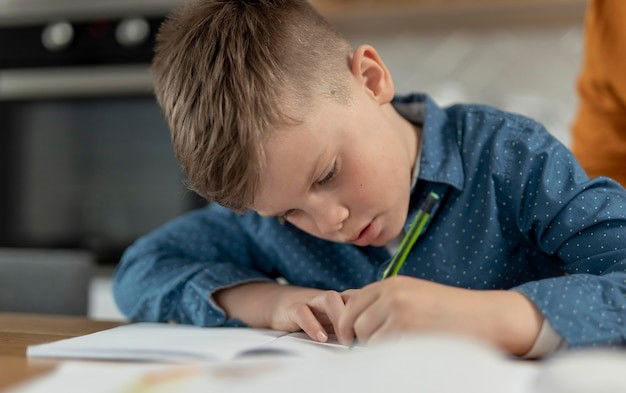
3. Interactive Bulletin Boards
Create a vibrant math-themed bulletin board in your classroom. Use the number charts and coloring pages to decorate it, and add interactive elements like velcro numbers that students can move around to complete sequences or compare quantities.
4. Seasonal Math Challenges
Integrate seasonal themes to keep things fresh and exciting. Create themed challenges around different holidays and seasons.
Fun Learning Games
- Number Bingo
Print out bingo cards with numbers 1-20 and play a game of number bingo. Use the number flashcards to call out the numbers. This game is a fun way to reinforce number recognition and listening skills.
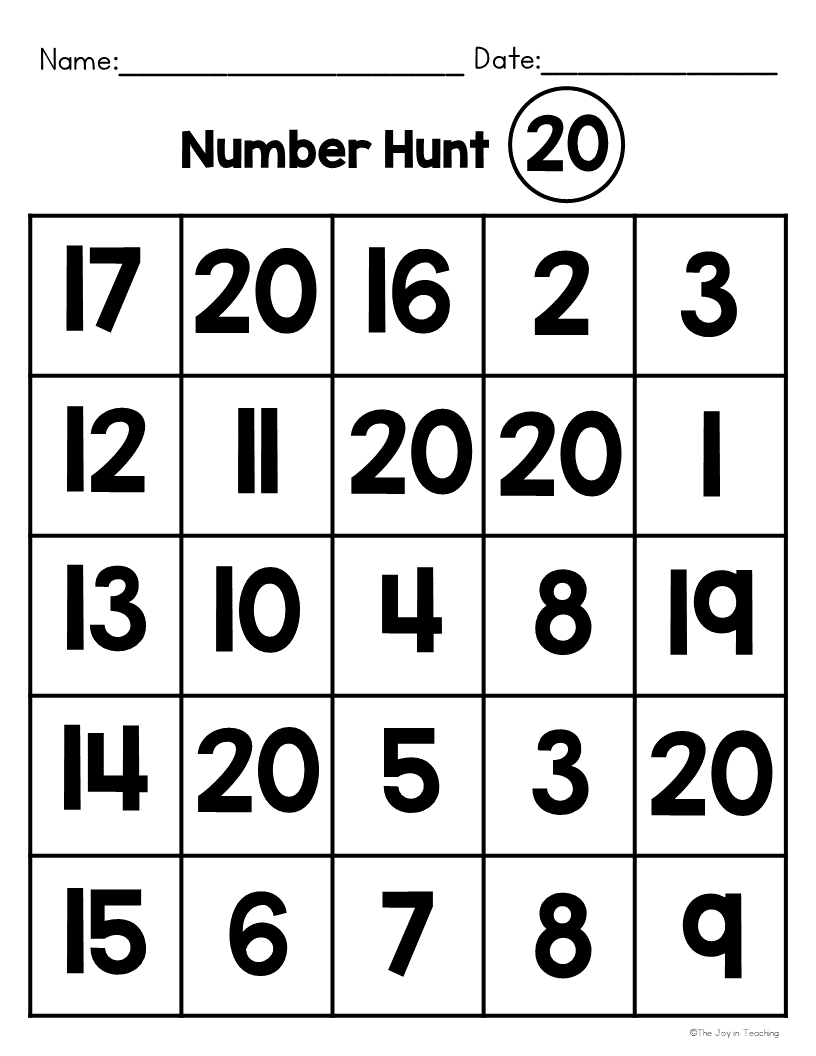
- Number Hunt
Hide number cards around the classroom or your home and have a number hunt. Kids will love searching for the numbers and then arranging them in order. You can even turn this into a team activity to promote collaboration.

- Number Line Hop
Create a number line on the floor using tape. Call out a number, and have your child or student hop to the correct spot. This physical activity helps reinforce number sequences and keeps kids active.

Conclusion
Teaching numbers 1-20 doesn’t have to be a chore. Whether you’re a teacher looking for classroom activities or a parent wanting to support your child’s learning at home, these tips and ideas will make learning numbers fun and effective.
Happy teaching, and may your days be filled with the joy of learning!
Follow Me for More Teaching Tips with Joy
For more tips, resources, and a daily dose of teaching joy, follow me on:
Got questions or want to share your success stories? Drop me an email at thejoyinteaching@gmail.com. I love hearing from fellow educators and parents!
Happy Teaching!
Joy Medalla
The Joy in Teaching 💛
Want a free number chart guide?
Click Here:
